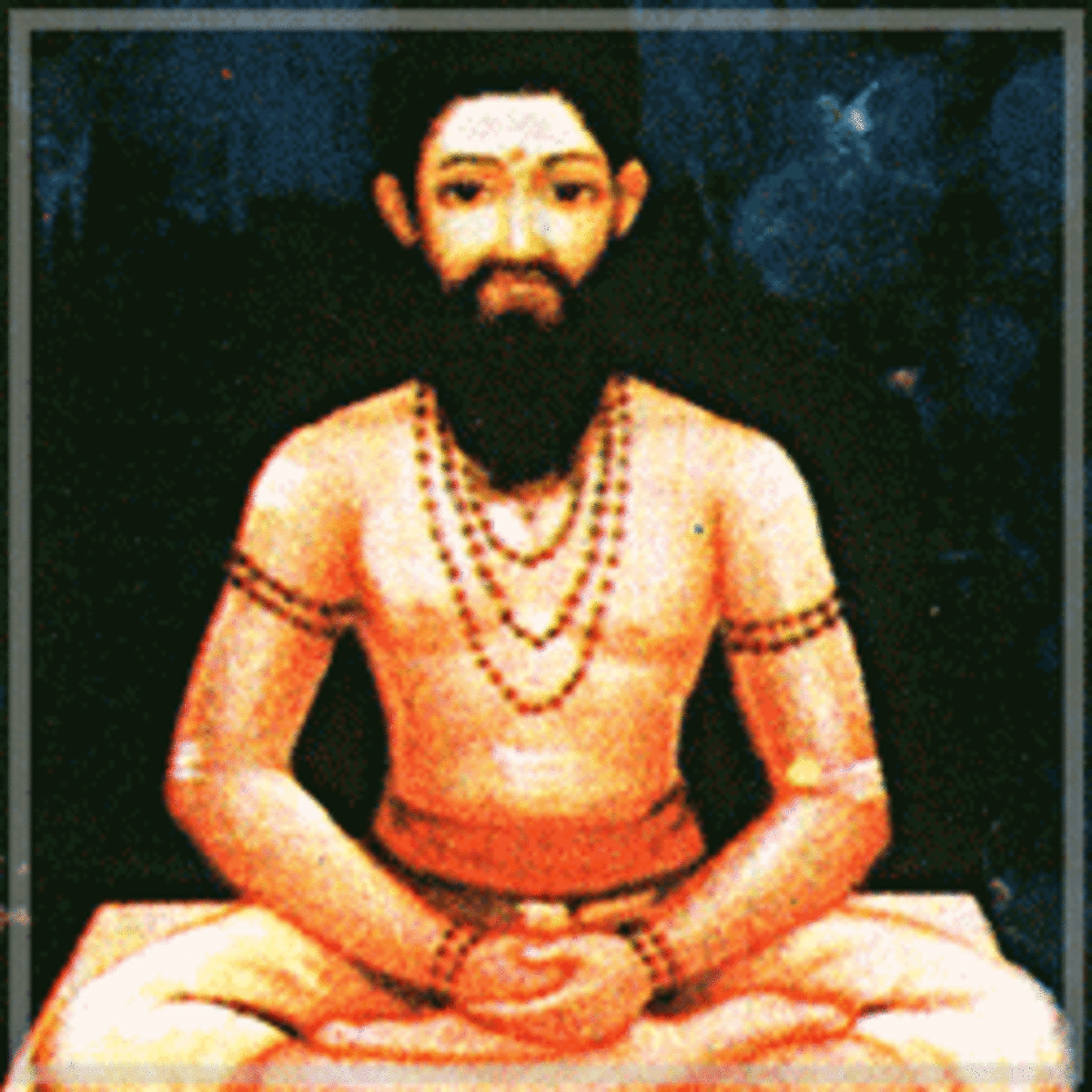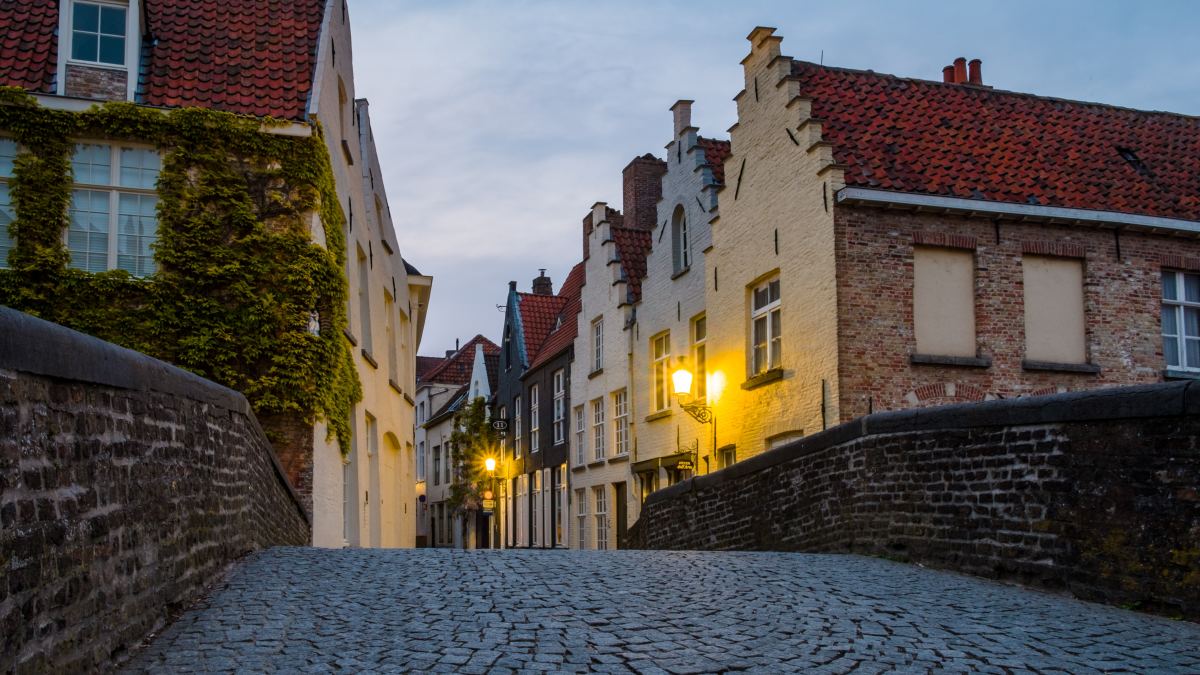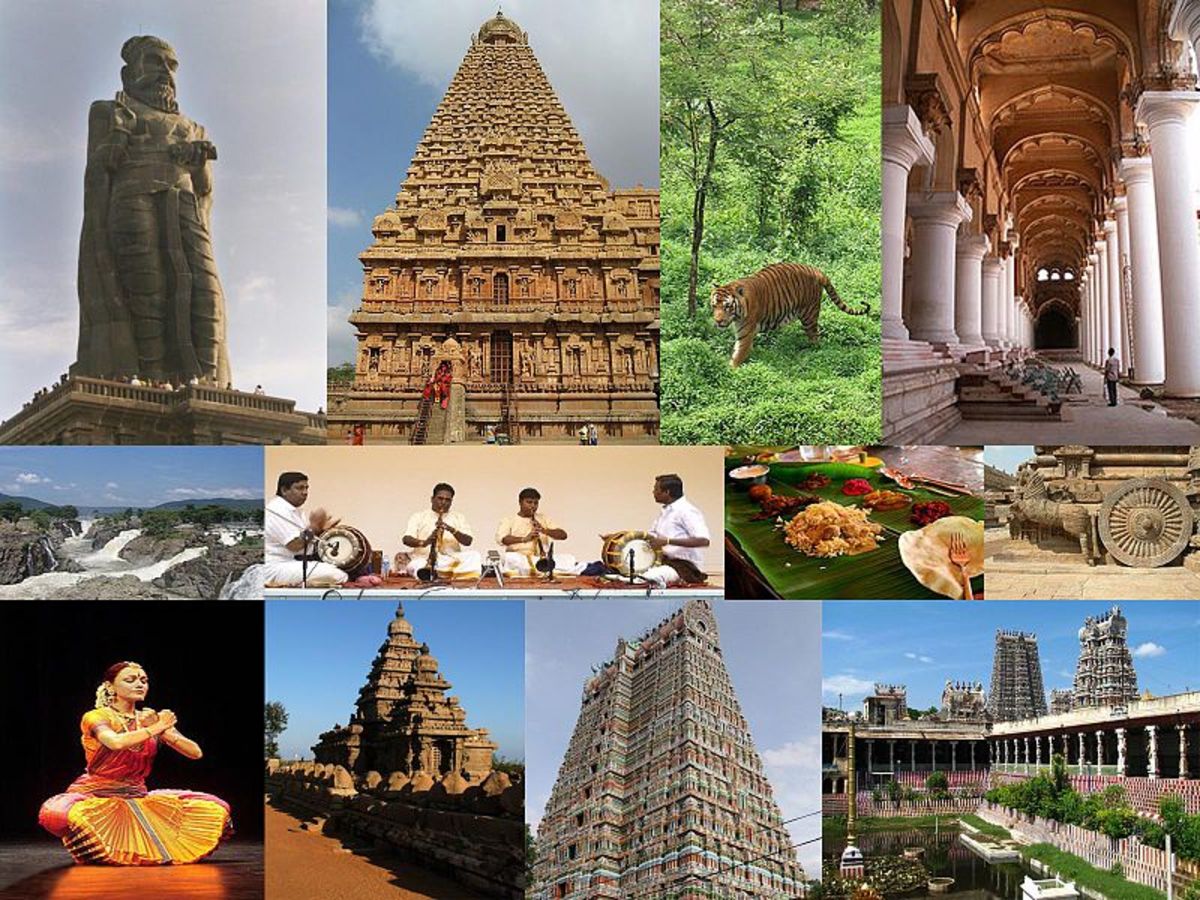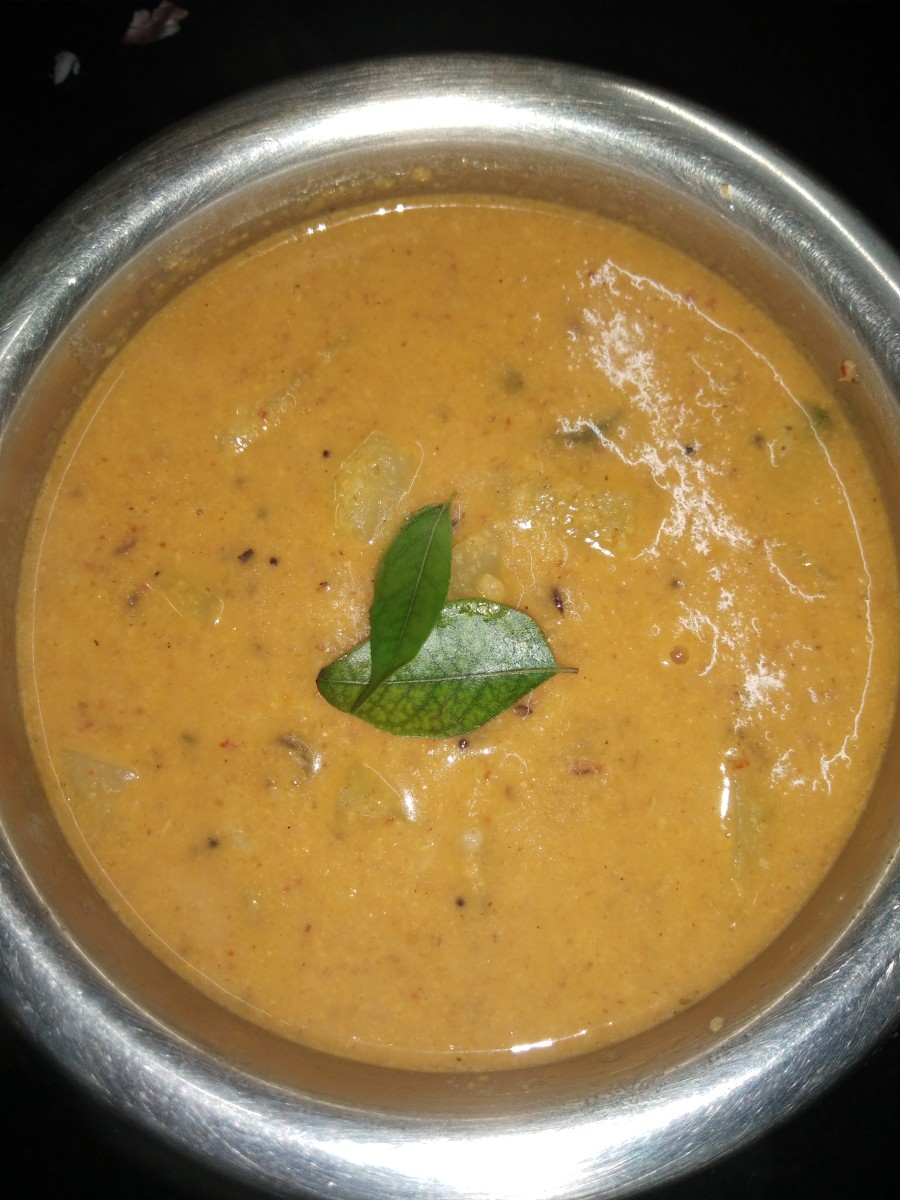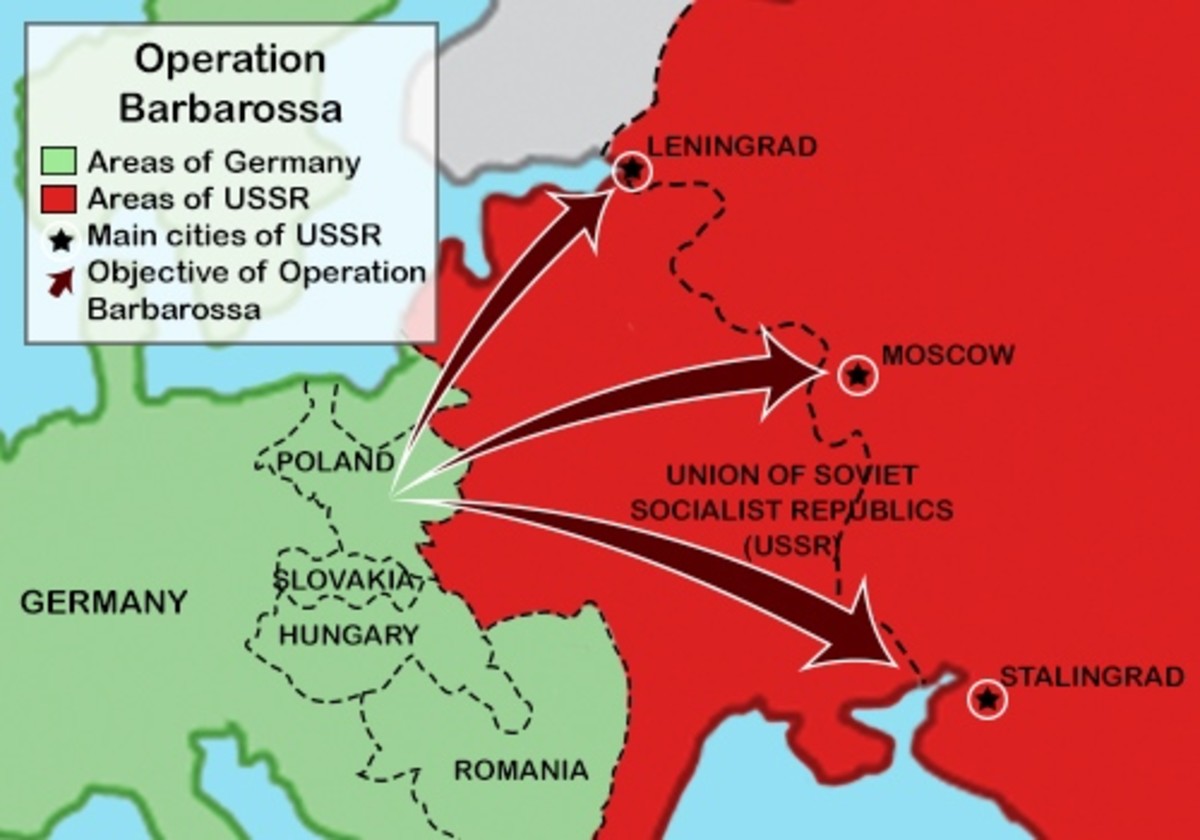Dynamic Periods In The History Of Tamil Nadu.
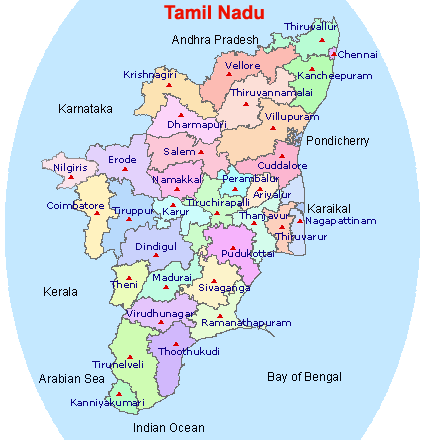
About Tamil Nadu
Tamil Nadu region has been the homeland for the Tamils since at least 500 BC. The languages, spoken here are 'Tamil' (also written as 'Thamizh') and English in the cities. Its principal language Tamil has been in use, in stone engravings and texts, for more than 2000 years.
The metro city Chennai is its capital. Tamil Nadu is home to several natural resources, magnificent Hindu temples of Dravidian constructions, hill stations, beach resorts, multi religious travel places and eight UNESCO World Heritage spots.
It was the ancient home of the notorious Chera, Chola, Pandya and Pallava monarchies which flourished in early and medieval India. The Tamil Nadu's early history dates-back about 6000 years.
The present day states of Tamil Nadu, Kerala, Karnataka together with Andhra Pradesh found the Dravidian customs.
Photo courtesy: Photobucket
Great Chola Kingdom
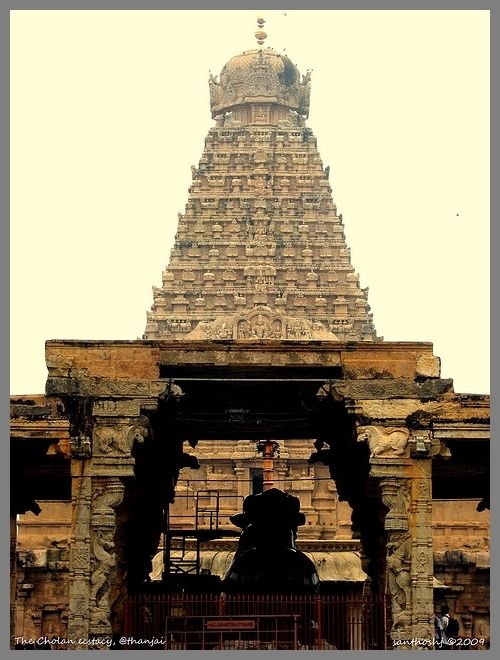
Photo Credit: Flickr
The Great Cholas cover the most significant part of olden history of Tamil Nadu.
The Tamils had belonged to the Dravidian race and part of the ancient Indus Valley settlers. Later with the Aryan invasion, the Dravidians had forced to endure back into the deep-south, where they permanently settled.
Tamil Nadu was under the early Cholas rule between 1st and 4th centuries. The famous Karikalan was the first king in the Chola dynasty, who built the Kallanai (kall - stone, anai - dam), a dam across the River Cauvery, which is acknowledged to be an engineering marvel of that time (2000 years ago).
The early Cholas ruled the present Thanjavur and Trichy districts and were outstanding in military proficiency. At the peak of their splendor, the Chola kings extended their influence as far as Sri Lanka in the south and hundreds of kilometers across the north Indian Territory.
More or less all the Chola Kings build outstanding Temples. Brahadeeswarar Temple, popularly known as "Big temple" in Thanjavur is a classical example of the brilliant architecture of the Chola kingdom.
During the later half of 4th century, Pallavas the great temple builders emerged into importance and dominated the south India for another 400 years. A large portion of Tamil Nadu was ruled by them with Kanchipuram as their Headquarters.
In the 6th century they defeated the Cholas and ruled as far as Sri Lanka. Dravidian architecture reached its peek during Pallava rule. The last Pallava King was Aparajitha. He was beaten by Aditya Chola towards the end of the 9th century.
Medieval History (9th to 14th centuries)
Under Rajaraja Chola and his son Rajendra Chola, the Cholas for a second time rose as a remarkable power in 9th century in South India. The Chola kingdom extended to the central Indian states like, Orissa and portion of West Bengal.
Rajaraja occupied the eastern Chalukya kingdom by beating the Cheras, and also conquered parts of Sri Lanka by overpowering the Pandyas. His son Rajendra Chola went beyond, conquering the islands of Andaman and Nicobar, Lakshadweep, Sumatra, Java, Malaysia and the islands of Pegu with his fleet of ships.
He overpowered Mahipala, the king of Bihar and Bengal, and to mark his triumph he built a new capital called Gangaikonda Cholapuram. The Cholas started losing their power around the 13th century.
,
,
The Ancient Tamil Nadu
The olden Tamil Nadu was separated into three Kingdoms. The Cheras, the Cholas and Pandyas were the three rulers.
Though they were political partition, the people well-regarded the same traditions and habits and spoke the same language - 'Tamil'. In other words the three kingdoms, together with many chieftaincies were well interconnected linguistically and culturally.
Beyond these common features there stayed energetic local political patriotism, which precluded the materialization of a sense of political nationalism. Invasions sometimes led to the large-scale migration of people from one part of the country to another.
Due to the patronage of Pallavas, Cholas and Pandyas there were large scale migrations of Aryans from the north. Imperial encouragement of learning, the Arts and Religion were other causes of related movements.
In the socio-economic life of the people the foundation of social order was accepted almost throughout Tamil Nadu. Upholding the social order was held to be the most important duty of the ruler.
However some snooping instances of mixed castes and their trades take place in the inscriptions. The standard of living of the people, in wide-ranging was modest.
There was a richness and comfy life in the imperial court. The grandeur and ritual of the court became more and more astonishing in the course of centuries.
Literature & Education
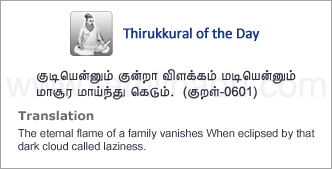
In the Tamil literature side, in the Sangam age could be called the Golden Age, that of the Cholas is called the Silver Age. In between the dedicational songs of Saivas and Vaishnavas improved both religion and Tamil Language.
In the area of common literature, the three most out sanding works are by the Jains and Buddhist authors - the 'Silapathiharam', the 'Manimekalai' and the 'Perunkathai'. Mention must be made on Nandhikalambagam and Seevaha Chinthamani during the period of Pallavan Nandhivarman III.
Kambanattar's 'Ramavatharam', Jayamkondar's 'Kalingathuparani', Sekilar's 'Periyapuranam' are a few of the master pieces of the Grand Chola age. Certain Mats (Monasteries) functioned as educational establishments and feeding centers too.
There were Saiva, Vaishnava, Jaina and Buddha Mats and they thrived on royal and private aids. The program of study in them was predominantly religious subjects, like grammar and logic were also taught.
Pallavas and Cholas supported many Saiva Mats. The Chola King Rajendra- I, gifted plentifully to a college at Ennayiram. Veera Rajendra made prolific gifts to a college at Thiru Mukkudal. Inscription pronounce that there was a medical school at Thiruvaduthurai, where the Siddha medicines were the fundamental texts.
Art & Architecture
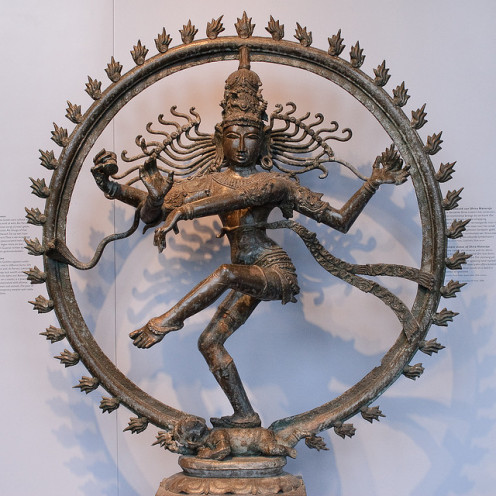
Temple Art & Architecture
In the arena of Art and Architecture, the Pallavas and Pandyas cut many Cave Temples and Monolithic "Temples and Rathas". It was followed by many structural temples of which shore temple of Mahabalipuram and Kailasanathar Temple at Kanchipuram are the earliest. T
he structural temple witnessed its highest water mark in the 'Big Temple' at Thanjavur, followed by the Temples at Gangaikonda Cholapuram, Darasuram and Thirubuvanam. All through this age under study, intensely since the 7th - 8th centuries Temples of Tamil Nadu were played a great role in the Tamil peoples' cultural and economical life.
Their construction and maintenance offered employment to numerous architects and craftsmen. The making of icons in stone and metals gave capacity to the abilities of the best sculptors of the century.
The bronze idols in the Chola period, take their place among the master pieces of the world class art. The various daily ceremonies and the periodical festivities, especially of the huge Temples, gave repeated employment to numerous Musicians, Dancers, Cooks, Florists and many others.
The annual festivals were occasions marked by fairs, contests of learning, wrestling, sport and every other form of trendy entertainment.
Chola Period Bronze Art Work
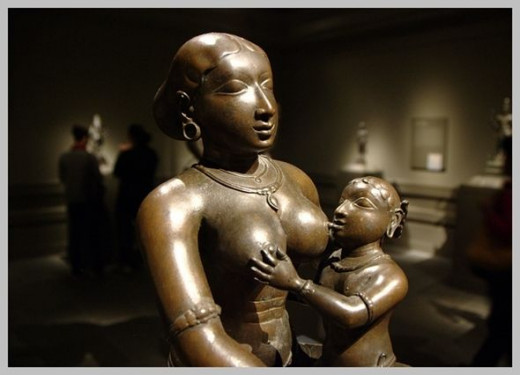
Lord Krishna's Foster-Mother, Yashoda, with the Infant Krishna,
(Early 12th century Chola period -Copper alloy)
Goddess Parvati, Wife of Lord Shiva
13th century, Tamil Nadu (bronze)
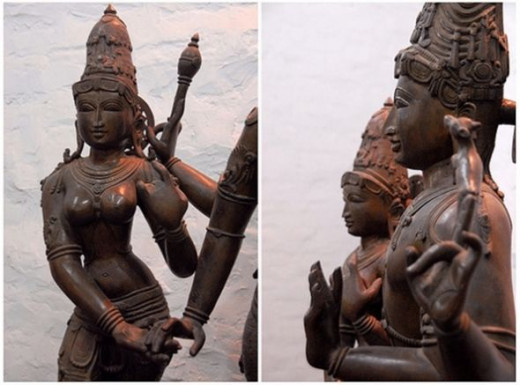
Chola period - Bronze
Trade & Commerce
There are many credentials to the commercial activities of merchants in the very old Tamil Literatures, and the writing in the caves of Madurai, shows that there was thriving trade during the time and continued during the Chola period through the Pallava period.
The suffix Pattinam was attached in Tamil Nadu to name of cities where international business was conducted. It may be a sea-port or in the surroundings. During the Chola era different types of commercial institutions were firmly documented. There was a progress and synchronization in their activities through a net-work of trading centers. The Chola Kings since Raja Raja seem to have committed interest in the internal and external trade and commerce, which jointly benefitted the Rulers and the Traders. These traders, and also their troops were rich enough to make many offerings to the Temples.
The flora, fauna and mineral wealth represented the most important commodities of trade. Sandalwood, Pearls, Pepper, Ginger, Turmeric, Spices and Birds and some Animals are those traded commodities. The local exchange was handled through paddy and external exchange was conducted through gold coins. Silk was imported from Chaina and the same was sold to other countries in the west during the first century AD. Pearl and Pepper were among the most valuable commodities of trade between Tamil Nadu and the West since Sangam Age, continued to be so in the Chola era too.
Tamil Books from Amazon
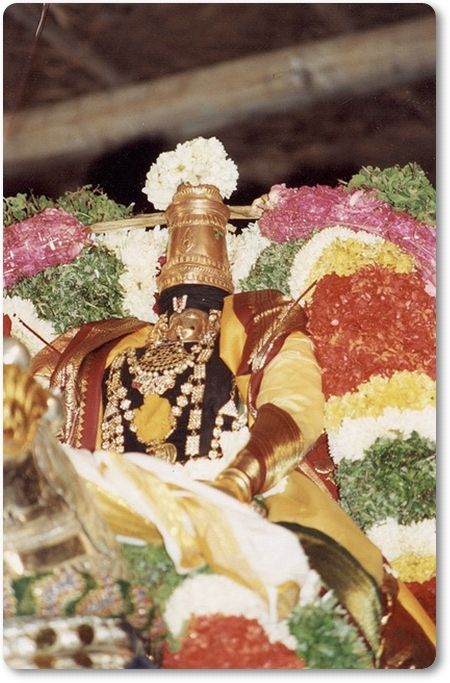
Religion and Philosophy
From 600 AD to 1200 AD, these six centuries were notorious for a peak of religious rivalry between Saivisam and Vaisnavism, which ended in the route of dissent and a crucial division between these major Hindu populations.
Any religious innovation took place only in the name of the Vedas. The edition of THEVARAM by Nambi Andavar Nambi and the NALAYIRA DHIVYA PRABANDAM by Natha Muni was the great achievement of this period.
The inter-religious enmity between Saivism and Vaisnavism was a logical sequence of the rivalry between religious cults on the one hand and the unorthodox religious groups on the other. During the 10th and the 11th centuries the religious literature was collected, edited and popularized.
The role of the religion was philosophically vindicated by Thirumular (10th century) in Saivism and Ramanuja (12th century) in Vaisnavism. The whole technology of temple building, iconography, and worshiped-offering urbanized with the rise of the Agamas.






